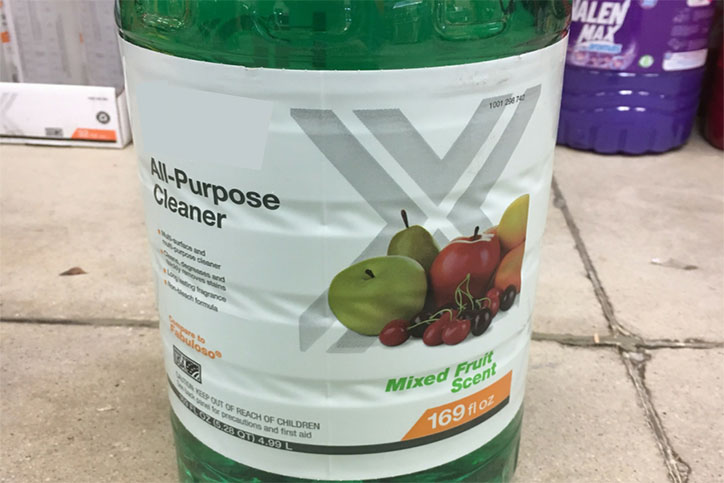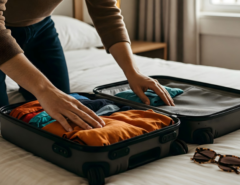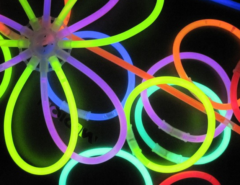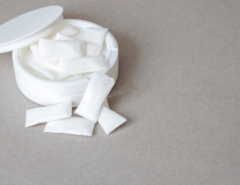Many people are often surprised when they hear just how many calls we get each year. In 2017 that number was more than 42,000! That means our phones rang about 120 times every day! Roughly 32,000 of those calls were about exposures in people (the rest were about animals or general calls for information).
Over the next few weeks, we’ll take a look at some of the most common substances that we are called about. To make it more interesting, we’ll break them down by age group, starting with young children, who made up 40% of calls in 2017.
#3: Analgesics (Pain Relievers)
Kicking off the top three are analgesics, also known as pain relievers. This includes common over-the-counter medicines that contain acetaminophen (like Tylenol) and ibuprofen (like Advil or Motrin). It also includes pain relievers that require a prescription from a doctor or other health care professional. If you’re surprised to see medicine make the list, remember that these exposures include kids who get into medicine on their own, whether from the medicine cabinet, countertop, or in a purse or bag, as well as dosing errors made by caregivers.
Medicines, both over-the-counter and prescription, can be harmful when used:
- in the wrong way
- by the wrong person
- in the wrong amount
- in doses that are taken too close together
Practice medicine safety by always double-checking the label, using the appropriate dosing device (a tablespoon and a medicine spoon are NOT the same), and returning the medicine to a storage location out of sight and out of reach of kids after EVERY use. You can find more medicine safety tips here: http://bit.ly/2lkgeCS.
#2: Household Cleaning Products
These are the substances that often lead to the stereotypical “Quick! Call the poison center,” exposure: bleach, bathroom cleaner, and floor cleaner. Now, I know what you’re thinking: shouldn’t we all know by now that under the sink isn’t the best place to store cleaners? Well, that is only part of the problem. Kids also get into cleaners when adults use them — for example, when we take them out of their secure storage location and leave them on the sink while we clean the toilet or placing the laundry pod on top of the washing machine while we are loading the clothes.
Have you ever taken the time to look at the labels on your cleaning products? Some products have scents like Lemon or the more exotic Mountain Breeze. They also often include photos of food products like lemons, apples, or berries. Even an adult who isn’t paying attention could confuse furniture polish for lemonade or floor cleaner for fruit punch.
#1: Personal Care/Cosmetic Products
It’s not surprising that personal care and cosmetic products top the list — all homes have them and they are stored out in the open. But, how often have you turned your back for a second only to turn around and find that your toddler has covered herself from head to toe in diaper cream in a move that can only be described as Harry Potter-style magic? Luckily, many of these scenarios result in the child only getting a taste of the product — not enough to cause any harm. Still, there are some substances that we do worry about, even in small amounts, such as Vicks VapoRub. So, always call our specialists for advice. At the very least, they may have suggestions on how to clean up your little Hermione Granger.
We hope you learned a lot about the top three exposures for children that result in calls to the Maryland Poison Center. Check back to learn about the top exposures in teenagers.





Leave a Reply